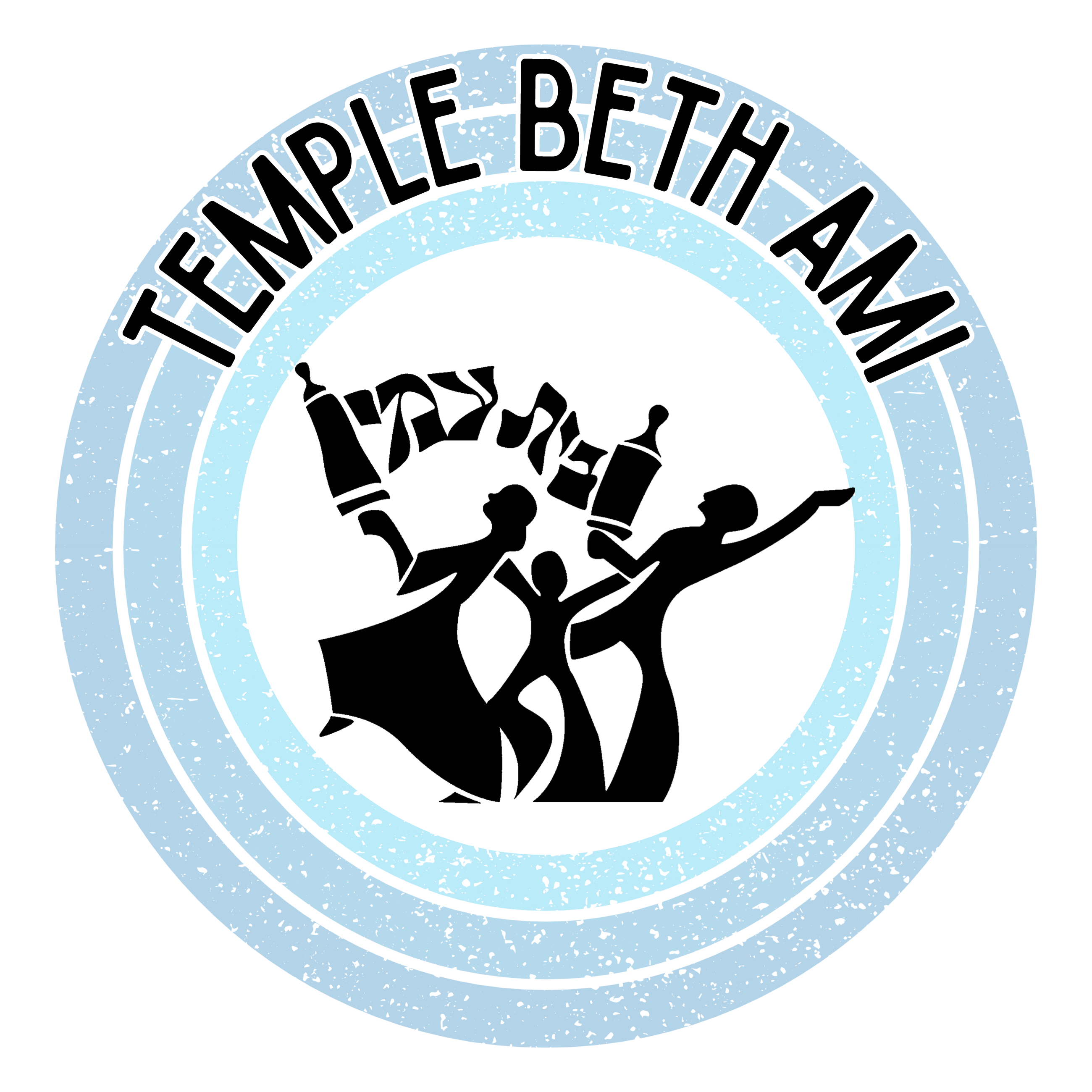Tetzaveh 5782
Exodus 27:20 – 30:10
Rabbi Jack Luxemburg
Ralph Lauren (born Ralph Lifshitz) once said, “People ask how can a Jewish kid from the Bronx do preppy clothes? Does it have to do with class and money? It has to do with dreams.”
In this week’s Torah Portion, Tetzaveh, it is as if the Torah has God answer the same question about the “bigdei kodesh” (sacral garments) to be fashioned for Aaron to wear as the High Priest as was posed to Ralph Lauren about his line of preppy clothes. Are these extraordinary vestments to be worn by the High Priest as an expression of status or power? To impress the Israelite community? For some other reason entirely? The answer is:
וְעָשִׂ֥יתָ בִגְדֵי־קֹ֖דֶשׁ לְאַהֲרֹ֣ן אָחִ֑יךָ לְכָב֖וֹד וּלְתִפְאָֽרֶת׃
Make sacral garments for your brother Aaron, for dignity (kavod) and splendor (tiferet) (Ex. 28:2)
In both instances, clothes are associated with “dreams” or better, aspirations. Those who sport the clothes fashioned by Ralph Lauren might do so because they dream/aspire to a certain social status or identification. However, the purpose of Aaron’s attire, despite the outward extravagance, points to vastly different aspirations.
The great Torah commentator known as the Malbim (Meir Leibush ben Yehiel Michel Wisser, 19th C.), explains it this way:
And you shall make sacred garments: “Behold, the garments that God commanded to make were ostensibly outer garments, such that their makeup is discussed – how the craftsmen are to make them with their work. But they really indicate inner clothes that the priests of God should make – to clothe their souls with thoughts and traits and proper tendencies which are the clothes of the soul.”
The Malbim is not alone in suggesting that the sacral garments of the High Priest are not meant to impress the community with his stature and importance. Other commentators agree that, to the contrary, these garments are meant to impress upon the High Priest the importance of modeling values and virtues that are the “clothes of the soul”, the qualities that make them persons worthy of their high office. The Malbim goes on to comment that the reason, kavod and tiferet, are both mentioned in the verse is that a person earns kavod (dignity) for his/her “natural traits”, innate qualities of character. However, he writes, tiferet (splendor) can only be attained by “traits of volition”, the things he/she does, purposeful actions and conscientious behaviors.
I have always thought this an interesting perspective – that the clothing of the High Priest, the trappings of any high office, are not intended to glorify the person, but to instruct and inspire that person so as to be worthy of their exalted position. And two examples from rabbinic sources have always been important to me. They have to do with leadership.
The choshen (breastplate) worn by the High Priest was decorated with twelve varied colored semi-precious stones each inscribed with the name of one of the twelve tribes of Israel. It must have been a dazzling sight. More importantly, teach the sages, it was meant to impress upon the High Priest that the spiritual and physical welfare of the people was to be “on his heart”. And as the sages understood that the heart was the seat of compassion and concern, to wear the ephod was an instruction to the High Priest about putting the feelings and needs of the people before his own.
The High Priest also wore an ephod (tunic) with fasteners on each of his shoulders. These fasteners were adorned with a carbuncle stone set in gold, each stone inscribed, again, with the names of the twelve tribes, six on each shoulder. One commentary suggests that this was to help the High Priest appreciate the “weight” of his responsibility. However, I prefer another teaching that says that there are two types of leaders. One type of leader expects the people to carry him/her on their shoulders. Such a leader values the community to the extent that they exalt and promote the leader who tends to their needs only when it serves to encourage their further glorification and obeisance.
The second type of leader, in the spirit of the ephod, carries the people on his/her shoulders. He/She “shoulders” the responsibility of the welfare of the community, putting that obligation above all else. In this case, the sages say that the people respond by supporting and praising the leader, in keeping with the teaching in Pirke Avot, “Who is honored? The one who honors all others.” (Pirke Avot 4:1).
These days there is much discussion about who is worthy of leading and what constitutes leadership that can be respected and honored. We wonder about whether the trappings of high office are meant to celebrate the one who holds the office, or to underscore the responsibilities of service to the community that he/she leads. We would do well to remember that kavod and tiferet – honor and splendor – are not only for outer appearances but are the “clothes of the soul” — personal virtues and admirable acts. They are the clothes that do make the leader, both in Torah and today.

